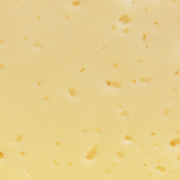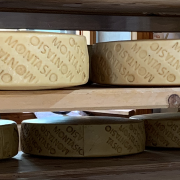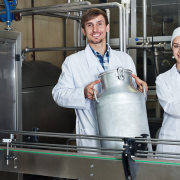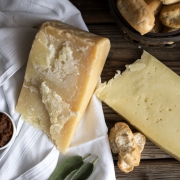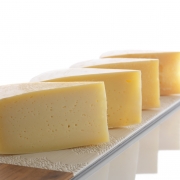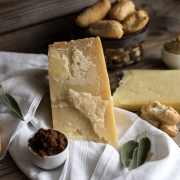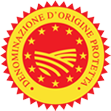Diet and pregnancy: thanks to Montasio Dop, cheese is no longer prohibitive.
Pregnancy is certainly one of the most intense and exciting periods in the life of a woman but also of all the people around her. The health of the unborn child strictly depends on mother’s one and proper nutrition is essential for a correct development of the fetus, a good outcome in childbirth and for the prevention of neonatal diseases. All of this will also affect the growth of the little one for a long time after giving birth.
It is, therefore, necessary to carry on a balanced diet, based on the correct quantities of portions, respecting meal times.
Cheeses, in themselves, are excellent foods for a pregnant woman as they are rich of proteins, minerals such as calcium, phosphorus and magnesium, which are essential for the mother’s bones and the growth of the baby’s one, as well as vitamins, essential for the bone marrow. However, not all cheeses are recommended during pregnancy, because of the possibility that they become a means of contamination.
In fact, aged cheeses are among the most easy to absorb and use. You shouldn’t give up on taste and moments to spend in company in front of a healthy, tasty and nutritious meal, in one of the most unforgettable moments of your life. And what’s better than the Montasio Dop cheese, with its four maturations, its local production, typical of the Alps, Friuli Venezia Giulia and Eastern Veneto, as well as its high nutritional value with a balanced composition. A semi-hard cooked cheese, with a soft characteristic and delicate flavor, balanced, without excesses, which thanks to its high digestibility adapts to the tastes of people of all ages, even for those who are celiac or lactose intolerant.

